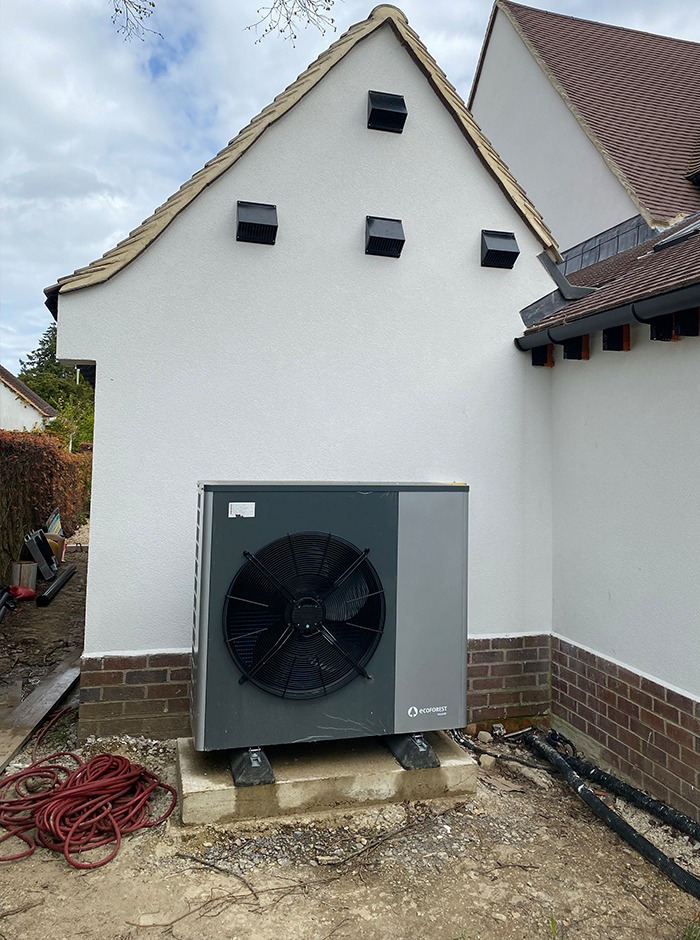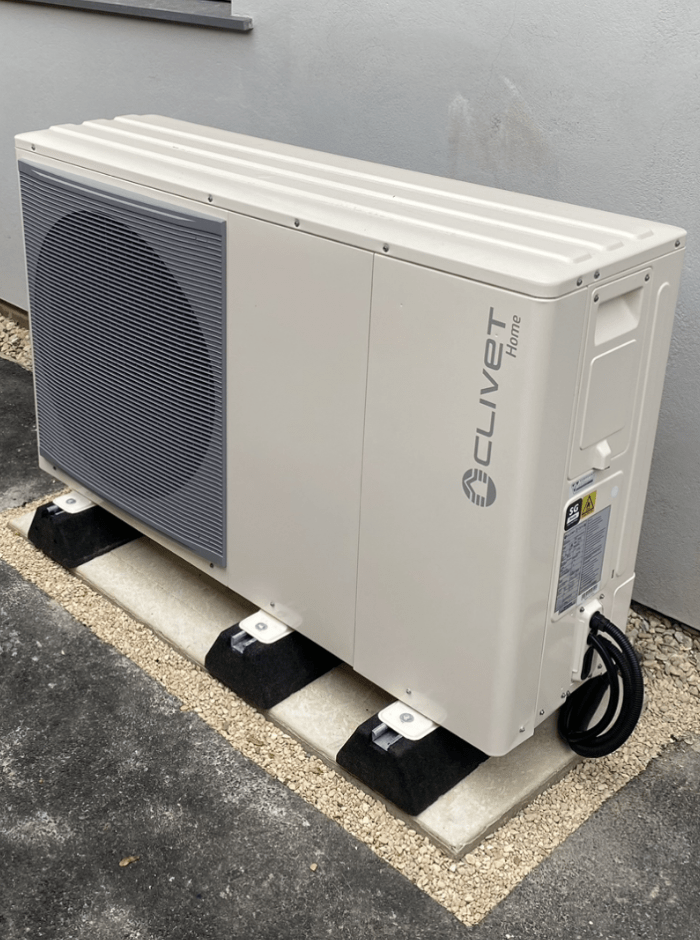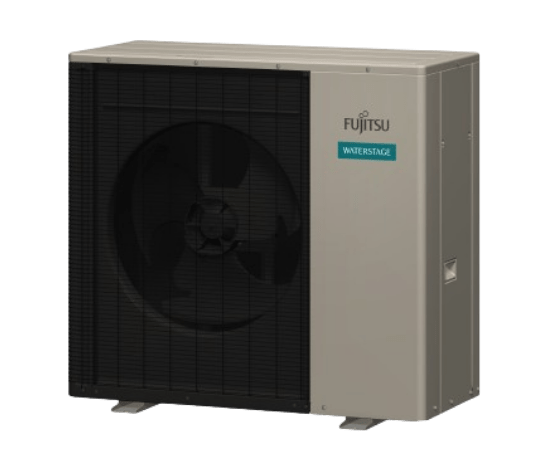
Renovation and Extension of a 1937 Detached House
The Problem
Steve and Pam Mathers embarked on a challenging renovation and extension project for their detached house built in 1937. The property had an existing EPC rating of E, and they were keen to improve the energy efficiency of the house while also incorporating renewable energy solutions. The primary concern was how to achieve a significant improvement in the energy rating, especially given the age of the property, while selecting the most suitable renewable systems to ensure both comfort and long-term energy savings.
Why Clarke Talbot
Having previously worked with Clarke Talbot on their first self-build project – a new build – Steve and Pam turned to them once again for their second project. Their previous experience with Clarke Talbot had been highly positive, as the team’s advice and support had been invaluable. Clarke Talbot was chosen because of their deep expertise in renewable technology, long before it became mainstream. Unlike traditional trades offering renewable equipment, Clarke Talbot stood out due to their extensive knowledge of the constantly evolving renewable sector. This provided the couple with the confidence that the right equipment would be chosen to meet their specific needs, avoiding the costly mistake of selecting the wrong systems.
Problems Encountered
Steve and Pam Mathers embarked on a challenging renovation and extension project for their detached house built in 1937. The property had an existing EPC rating of E, and they were keen to improve the energy efficiency of the house while also incorporating renewable energy solutions. The primary concern was how to achieve a significant improvement in the energy rating, especially given the age of the property, while selecting the most suitable renewable systems to ensure both comfort and long-term energy savings.
The Solution
Clarke Talbot worked closely with Steve and Pam from the early design and specification stage of the renovation project. The team provided detailed guidance on insulation and the selection of appropriate renewable technologies. Their advice helped upgrade the property’s energy efficiency by carefully choosing the right heating, hot water, and ventilation systems.
Key solutions provided included:
- MVHR & ASHP: Design bespoke to the client’s needs
- ASHP: EcoForest Air Source Heat Pump for efficient main heating and hot water supply.
- MVHR: Clivet Elfo-fresh Thermal Dynamic MVHR system, which offered air purification, comfort cooling, and limited heating functions. This system was particularly suited to the property’s needs, ensuring a balanced indoor environment year-round.
- Bus Scheme Grant: Clarke Talbot also managed the government grant application, securing a £7,500 grant, and coordinated the installation with the main construction contractor.
The Result
Thanks to Clarke Talbot’s expertise and carefully selected renewable solutions, the energy performance of the property was dramatically improved. The EPC rating was boosted from an Erating to just four points off an A rating – an outstanding result for a house built in 1937. Steve and Pam were not only satisfied with the outcome but also felt reassured that the systems selected would provide long-term energy savings and comfort. As they look towards their next self-build project, they are confident that Clarke Talbot will once again be their partner of choice for renewable installations.


